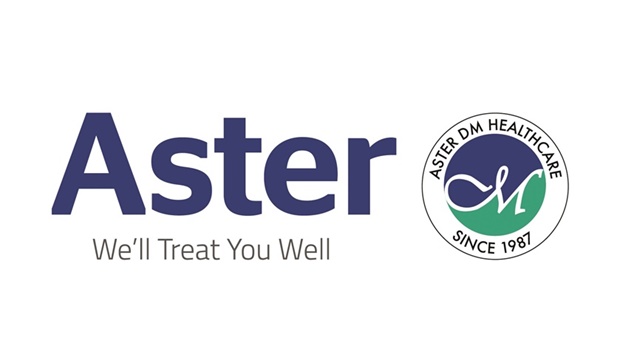Did you know that chronic sinusitis affects more than 12% of the global adult population? Sinusitis is defined as a common condition that occurs when your sinus and the nasal passage become inflamed and irritated – typically lasting for up to 4-12 weeks. On a related note, 1 in 5 chronic sinusitis patients also have what are called nasal polyps. Nasal polyps are benign, non-cancerous, soft, painless tissue growths along the lining of your nasal passage.
Together, these two conditions are often the leading cause of nasal congestion, blockage, breathing issues, diminished loss of smell, or even facial pain. If not treated in time, sinusitis and polyps worsen over time. The good news is that treatment options, including minimally invasive surgery, are widely accessible, safe, quick-healing and effective.
Sinusitis and Polyps: How are they related?
Sinusitis occurs when fluid gets trapped in the nasal passage, leading to the accumulation of germs over time. Persistent inflammation of the passage can lead to the growth of nasal polyps.
On the other hand, nasal polyps can also trigger a sinusitis infection. While smaller nasal polyps usually do not produce any symptoms, if they grow to a size where they block 75-90% of the nasal cavity, then blockage of the flow of mucus between the sinus and the throat occurs.
Causes and Symptoms
So, how do sinusitis and polyps occur? The causes behind the two conditions, apart from being each other, are quite common:
1. Common cold that develops into a bacterial infection
2. Allergies
3. Asthma
4. Drug sensitivity
5 Certain immune disorders
Sinusitis and polyps also share similar symptoms, such as:
1. Congestion in the nose
2. Sinus pressure
3. Headache
4. Gradual loss of sense of smell or taste
5. Nasal discharge
6. Problematic breathing
7. Insomnia
8. Sleep apnea
Treatment and Prevention
It is important that you consult with specialists as soon as possible to diagnose sinusitis or nasal polyps, especially if the symptoms last more than 10 days and start worsening. Modern-day diagnostic tools which doctors use for sinusitis and polyps are minimally-invasive and completely safe. They include:
1. Allergy checks
2. Immune testing
3. Nasal endoscopy
4. Imaging
Once diagnosed, depending upon the severity of sinusitis and polyps, your specialist will recommend treatment options to reduce any inflammation and the growth of polyps. Some common treatment methods include:
1. Antibiotics
2. Oral steroid pills
3. Nasal steroid sprays
In case your sinusitis and nasal polyps are not responding to regular treatment, then surgical treatment is another option. Let us learn about it in more detail.
What makes surgery for chronic sinusitis and nasal polyps effective?
Surgery becomes essential in serious and chronic cases of sinusitis and nasal polyps. The objective of surgical intervention is to enlarge the openings between the sinuses as well as the inside of the nose. This facilitates smoother breathing and drainage. Additionally, surgery also aims to remove nasal polyps and any tissue or bone that is infected.
Rest assured, surgical treatment in such cases has advanced to a degree where it is minimally invasive, promises lesser post-surgical bleeding, and has a quicker recovery time. The two most common types of surgeries for sinusitis and polyps include:
Endoscopic Sinus Surgery
1. This is a very safe and minimally invasive surgery that involves the usage of an endoscope inserted via the nasal passage to guide the surgeon through your sinus anatomy.
2. Consequently, the surgeon utilises tiny surgical instruments when the endoscope is in place to remove polyps and any unwanted tissue. Additionally, the surgeon may also reduce turbinates to promote relief.
3. Endoscopic surgery does not require any visible incisions or overnight stay does not cause any swelling or bruises, and is over within 2 hours.
Deviated Nasal Septum Surgery
1. Deviated Nasal Septum Surgery (or septoplasty) is another common procedure that is used to correct a deviated septum – a typically 7 cm long cartilage and bone that separates the two nose chambers.
2. A deviated septum that is bent or crooked can interfere with airflow and contribute to persistent sinusitis.
3. Corrective surgery involves cutting a wall on one side of the nose, lifting the mucosa membrane, and reshaping the septum – a completely safe and trusted procedure that usually takes a maximum of 90 minutes.
The outlook on these surgeries is highly promising – with many patients experiencing immediate improvement in symptoms. While it is common for patients to suffer from stuffiness or crustiness post-surgery, it resolves within a few weeks. Follow-ups with the doctor are important in order to assess the recovery and remove any excess mucus or blood safely.
Our ENT Department at Aster Hospital, Old Airport Road, Doha comprises a team of highly experienced and accomplished ENT experts who rely upon the latest diagnostics and high-caliber technology procedures to treat a wide spectrum of Sinusitis and Polyps.
So, if you are suffering from these issues, book an appointment with our ENT experts today. At the end of the day, only a specialist can make a world of difference to your health and treat the conditions that you might otherwise ignore or consider unrepeatable.



